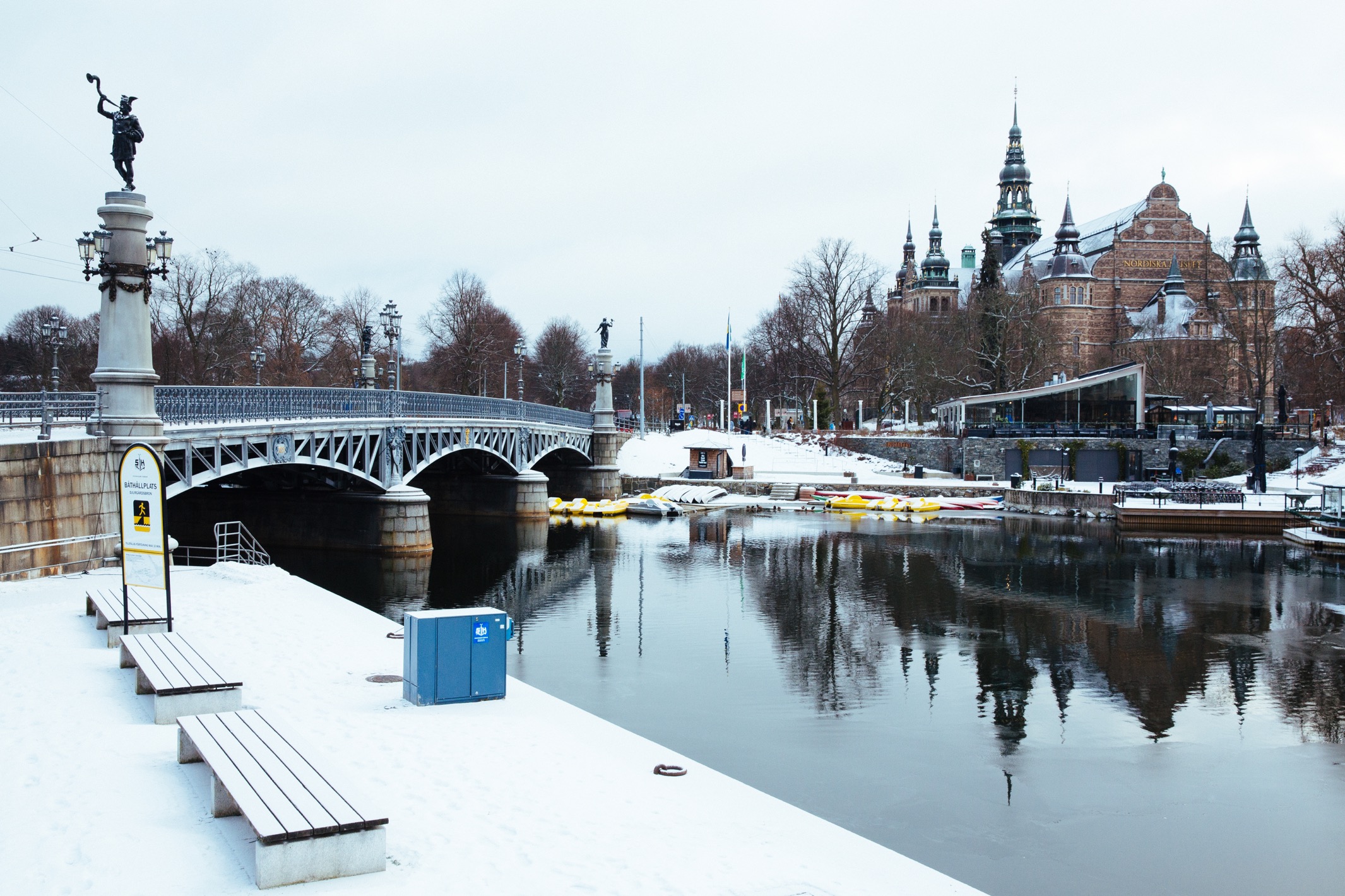Gustav Adolf acceded the Swedish throne in 1611. Upon doing so, he inherited three wars: with Russia, Denmark and Poland. During this time Sweden was also developing very quickly. Gothenburg was the largest of several new towns established. Uppsala University was re-founded and Skeppsgården, located in Stockholm, became an important navy ship yard. This would be the birthplace of ‘The Vasa’. [1]
Building new navy ships would be a priority for Adolf. New ships for the Swedish navy, for decades, had been built near the forests where the raw materials grew. This meant there were ship yards all over the country. But Adolf began to concentrate this far-flung activity in just a handful of shipyards. The most important of these, the centre for maintenance and new construction, was the navy yard in Stockholm. Adolf’s goal, two new ships to the navy every year, renewing and enlarging the navy as part of his program of military and territorial expansion.[2]
The Vasa, once completed, was a floating fracas. It represented a conflict within the Swedish navy over how warships should be used. Traditional officers believed it was better to take an enemy ship into the Swedish fleet than destroy it. Therefore, they wanted a ship which could carry a large crew, armed with pikes and axes. Gustav Adolf on the other hand was a keen artillerist. He saw the future of sea battles as artillery duels. For him, the cannon was the primary armament, and so he preferred more guns and bigger guns. Thus, he ordered the Vasa (and ships like it), to be heavily armed.[3]
The Vasa was launched on the 10th August 1628. The festive atmosphere saw the quay packed with people, whilst the water teemed with small crafts carrying people. Such was the occasion that the crew had been allowed to bring their families, as it was the ship’s maiden voyage. The Vasa was freed from the land, four of the ten sails were set, and a salute was fired. There was little wind as the ship set off, but as it passed the gap in the bluffs at Tegelviken, a much stronger gust pushed the ship so far over on its port side that water poured in through the open gunports on the lower gundeck. Vasa began to sink.[4]
Within minutes, the Vasa had sunk to a watery grave 32 metres below the surface. The masts stuck up above the surface, and many grabbed a hold of them. Others were picked up by the small craft that had followed the Vasa. In the end only 30 of the crew and guests survived. Most of the dead were trapped inside the ship.[5]
In the early 1950s, Anders Franzén, a fuel engineer in the Swedish navy and amateur archaeologist, started searching for the lost ships of the Swedish navy. One of those at the top of his list was Vasa. It was not until the 25 August 1956, that a small piece of black oak stuck in a coring device that Franzén had dropped into Stockholm’s harbour. That winter, Franzén met Per Edvin Fälting, the navy’s most experienced salvage diver, who had worked extensively in the harbour. In early September, Fälting descended to the lightless depths and explored by touch. Walking across the bottom, he ran into a vertical wooden wall, and found at first that it had a row of square openings. Climbing up, he found another row. It was an old warship, with two gundecks.[6]
On 20 August 1959, all was ready for the initial lift. For more than 18 months prior to this, a small team of commercial divers plugged holes where bolts had rusted away, fitted covers over the open gunports, and rebuilt the bow and stern to make them watertight. Steel rods were fastened across the hull to help hold it together. Navy divers had also dug six tunnels under Vasa and pulled massive steel cables through them to suspend the ship in a basket. But it wasn’t until Monday, 24 April 1961, at 09.03 when the tops of a few eroded frames peeked out of the water. Soon, the carved heads of four warriors emerged, followed by the outline of the whole ship at last.[7]
Dressed in rain wear and newly vaccinated against whatever bugs might live in a sunken ship, a team of archaeologists descended into the black sludge that filled Vasa in April 1961. When they finished five months later, they had recovered more than 30,000 fascinating objects from 1628 and begun to understand what life might have been like aboard a Swedish warship. By the time all of the excavation and diving was complete, over 40,000 objects had been found, including almost all of the parts of the ship itself which had fallen off over the years. It would prove possible to reconstruct Vasa more or less completely, inside and out, and to know something of the people who made up the crew, their possessions, and their lives.[8]
The Vasa now sits in the climate-controlled Vasa Museum. To best preserve the Vasa, the temperature is kept between 18-20°C. Stabilising humidity and temperature has meant a stabilisation of both structural and chemical changes in the ship. This means it will be around for generations to come.[9]
The following photos are from our time in Stockholm.























